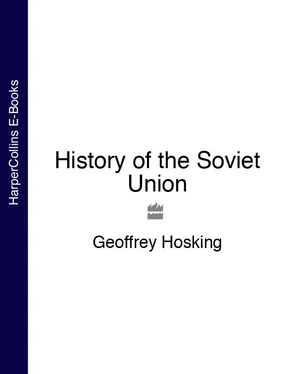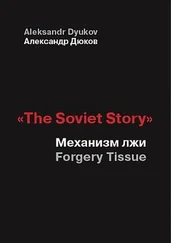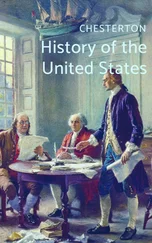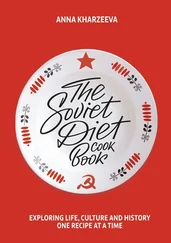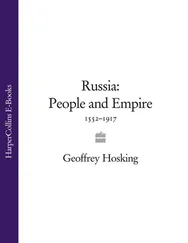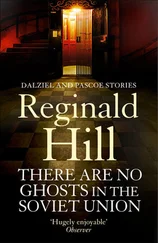Another result of the uncertain industrial recovery was that the workers, who were theoretically the inheritors of the new society, in practice found it very difficult to understand their place within it. The large reserve of unemployed ensured that their wages remained low: in 1925, Sokolnikov, people’s commissar for finance, admitted that the pay of miners, metal workers and engine drivers was still lower than it had been before 1914. This in turn meant that workers’ housing and nourishment was often inadequate. The factory committee of a cement works in Smolensk reported, for example, in 1929: ‘Every day there are many complaints about apartments: many workers have families of six and seven people, and live in one room.... [We] have about 500 applications from workers who do not have apartments.’ Food supplies, though far better than before 1922, fluctuated and so prices were unstable: again from Smolensk it was reported that wheat flour doubled in price and rye flour trebled between the end of 1926 and early 1929. ‘Workers are being inadequately supplied by consumers’ cooperatives [run by the soviets to cushion the workers from the worst effects of price fluctuation] … , and as a result, private traders virtually occupy a dominant position in the market.’ It is understandable that workers consequently felt resentment about the peasants, who charged them such high prices, and about the specialists and officials, who were paid so much better. How was this possible in a society allegedly ‘moving towards socialism’ under the ‘dictatorship of the proletariat’?
The structure of industrial enterprises was also a disappointment to workers who recalled the heady days of October. All remnants of ‘workers’ control’ had now finally disappeared. Factory administration was once more hierarchical, with clearly identifiable individual managers in charge (sometimes drawn from pre-revolutionary managerial staff, for their expertise and experience), while technical specialists and foremen enjoyed unambiguous authority over the ordinary operatives. Since efficiency and productivity were paramount, some enterprises (though not enough for Lenin) were experimenting with ‘Taylorite’ schemes for time-and-motion rationalization and conveyor-belt mass production. Lenin had once regarded such schemes as the quintessence of capitalist exploitation, but now favoured them for the higher output they generated. As a further incentive, most workers were paid on a piece-rate system, which tied their income directly to productivity.
Before 1917 the workers would have expected the trade union or indeed the party to act on their behalf. But both these organizations were now explicitly part of the state economic mechanism, and hence tended only to support workers in conflict with private employers. In 1925 the trade union newspaper Trud (Labour) itself complained that unions seemed to be ‘occupied in dismissing and fining workers, instead of defending their interests’. The mood on the shop floor seems to have been volatile (though research on worker attitudes in this period is still embryonic), and quite a lot of labour disputes and strikes did break out, typically over housing, supplies, late or inadequate pay, or conflicts with specific administrators. The unions hardly ever supported the workers in such disputes.
Although further research on this needs to be done, there appears to be no link between industrial protests and any of the opposition groups within the party. Most workers, in fact, seem to have regarded the party as ‘them’, a part of the structure of authority with which they had to deal. Political and production meetings were shunned as ‘boring’, unless they dealt with something of immediate interest to the workman, such as pay or housing. Some workers, of course, looked on the party as a way to get on in life, seeking training, promotion, and ultimately perhaps escape from the shop floor. Party workers, for their part, often complained that the workers were ‘contaminated by bourgeois tendencies’ and ‘petty bourgeois individualism’.
Mutual relationships between the party and the class they claimed to represent were, in fact, by the late 1920s, rather cool. For a ‘working-class’ party about to embark on a major industrialization programme, that was a discouraging, not to say dangerous, situation.
Relations with the peasants were even worse. In the peasantry the Bolsheviks faced the only social class which had survived the revolution in substantially its previous form. Indeed revolution and civil war had actually strengthened the more traditional and underproductive aspects of Russian agriculture. The landowners, who had by and large used more modern equipment and methods and who had provided much of the pre-1914 grain surplus, had been expropriated, and their estates had mostly been divided up among the peasants. The ‘Stolypin’ peasants likewise had their enclosed plots of land taken away from them, and they were either expelled from the village or reabsorbed into the mir. Enclosed holdings were once again divided up into strips and often made subject to periodic redistribution; modern crop rotations were abandoned where they did not fit the communal pattern. The mir, in short, achieved a dominance in Russian rural life which it had never known before. This was a direct consequence of the Bolsheviks having adopted the Socialist Revolutionary programme in 1917, but that did not mean to say it was welcome to them now.
Landholdings, even among peasants themselves, had also tended to get smaller since 1917, in spite of the new awards of land. The problem was that millions of unemployed and hungry workers had streamed out of the towns, looking to resettle on the land, and many of them were awarded communal strips, where they still had claims. The revolution also seems to have intensified strains and disputes within peasant households, which provoked younger family members to break away and claim holdings of their own. As a result of all these new awards, the total number of family holdings rose from 17–18 million in 1917 to 23 million in 1924 and 25 million in 1927. The average size of each holding naturally fell also, in spite of the annexations from landowners, church and state in 1917, as did the proportion of the crop from each holding which was sold on the market rather than used for subsistence.
For the government the implications of this fragmentation of holdings, and of the reversion to primitive techniques were very alarming. As they began to conceive ambitious industrial projects, they needed more food to be both produced and sold. Yet their own policies aggravated the situation. The better-off and more productive peasants were usually taxed more heavily and felt themselves to be under stronger political pressure than their poorer colleagues. They always suspected, moreover, that the policies of 1918–21 might return.
These factors are reflected in the agricultural production figures, especially for grain, the most vital crop for the regime. It is true that output recovered rapidly from the catastrophic levels of 1920–1, but it never quite returned to pre-war levels. Compared with 81.6 million tonnes in 1913 (admittedly an unusually good year), grain output never exceeded 76.8 million tonnes in 1926, and fell off thereafter. Livestock production did reach pre-war levels in 1926, but declined subsequently. And there were some 14 million extra mouths to feed: in 1914, grain production had been 584 kg. per head of the population, in 1928–9 it was only 484 kg., while the government was planning for an enormous growth in the number of industrial workers, who would not produce food but would certainly need to consume it. Furthermore, of the amount produced, somewhat less was being marketed than in 1914–though Stalin exaggerated this factor in order to produce the impression that grain was deliberately being hoarded on a large scale. In fact, since official grain prices remained low, many peasants preferred to turn their grain into samogon (unlicensed liquor), or even not to grow it at all.
Читать дальше
